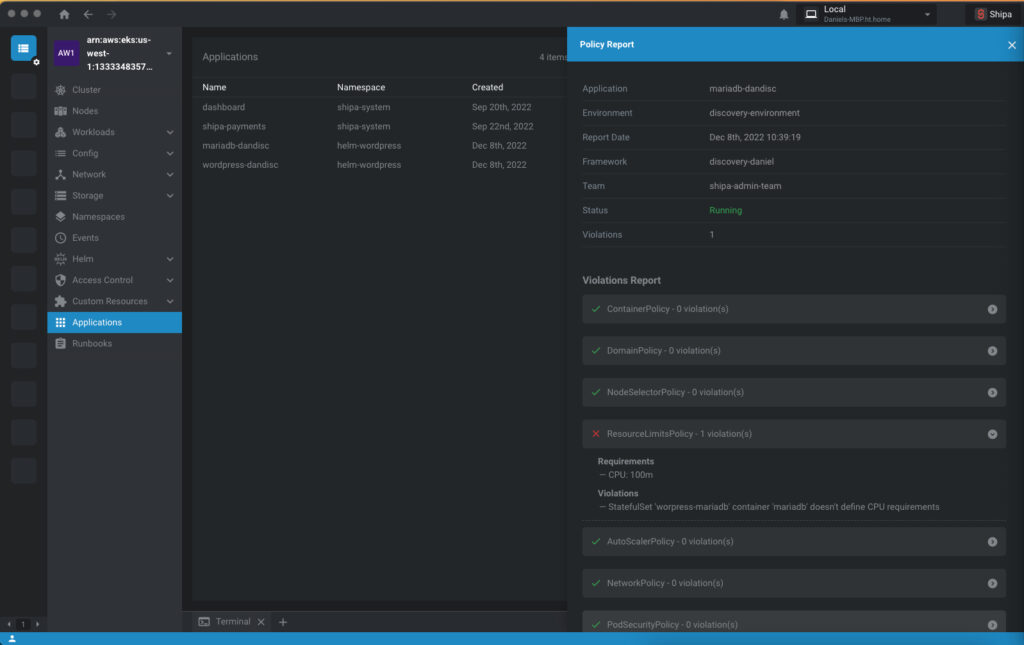Mirantis to Integrate Shipa Acquisition With Lens IDE
This April, Mirantis will add automated application discovery, security and observability to its Lens Kubernetes Platform following its acquisition of Shipa.
Shipa’s platform automatically creates all required Kubernetes objects and configuration files for an application and deploys them to all clusters required. It also provides canary and rollback management capabilities. All application objects are created, deployed and monitored automatically with an audit trail automatically generated by the platform. That approach also eliminates the need to create Kubernetes clusters using YAML files.
Mirantis CEO Adrian Ionel says integrating the Shipa platform with the Lens application development environment will enable developers to build and deploy applications without relying on an IT operations team to create a runbook. Developers will not only be able to deploy applications, they can now easily discover what applications and services have already been deployed on a Kubernetes cluster to simplify onboarding, says Ionel.
That’s critical because it boosts the overall productivity of development teams in an uncertain economic environment that is causing many organizations to be more cautious when hiring additional full-time employees, he adds.
The Shipa platform complements Lagoon, an open source application delivery platform that Mirantis gained last year via the acquisition of amazee.io, added Ionel. Shipa will also be integrated with Mirantis Kubernetes Engine (MKE), a container orchestration platform for developing and running modern applications at scale in the cloud or on bare metal servers.
Mirantis claims there are already one million developers using the Lens integrated development environment (IDE) for Kubernetes and that 50% of the Fortune 500 are employing it.
In general, Mirantis has been making a case for automating DevOps workflows in Kubernetes environments since it acquired the Docker Enterprise business in 2019.
The acquisition of Shipa comes as many organizations struggle with Kubernetes management challenges. As more enterprise IT organizations start to build and deploy cloud-native applications based on microservices, they are discovering that Kubernetes is only one of several complex building blocks that need to be mastered.
It’s not clear to what degree development teams will be involved in the management of Kubernetes clusters, but Ionel says the goal should be to enable developers to focus their time and effort on applications and services rather than infrastructure. One way or another, Kubernetes will need to be managed at a higher level of abstraction. Most IT administrators are not going to be able to successfully provision fleets of Kubernetes clusters using YAML files. Some type of management plane is required to give IT administrators a higher level of abstraction for managing Kubernetes clusters.
In the meantime, IT teams are taking a closer look at what types of applications should be constructed using containers as the foundation for building microservices. After all, microservices-based applications are not easy to build and maintain, and the Kubernetes clusters they are deployed on add another layer of complexity that many IT teams are still not prepared to manage at scale.





